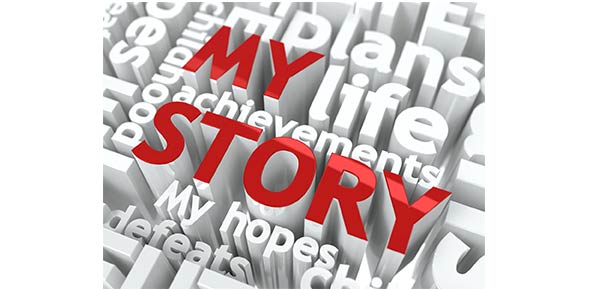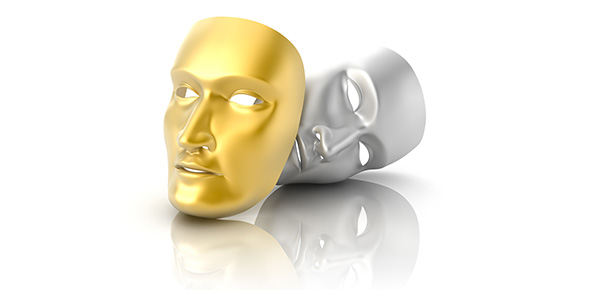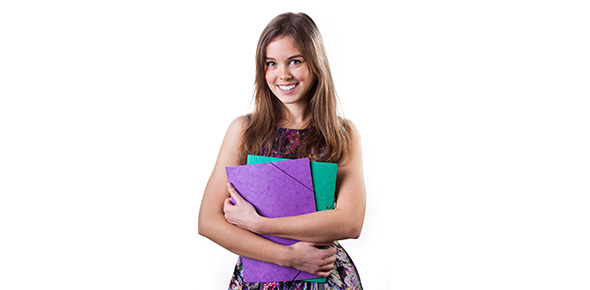Related Flashcards
Cards In This Set
| Front | Back |
|
Neuromotor System Organization2 major parts
|
1. Central nervous system 2. Peripheral nervous system
|
|
Central nervous system
|
Brain and spinal cord
|
|
Peripheral nervous system
|
Nerves that transmit info to and from CNS
|
|
Evolution of Cortex
|
Provides unique human function-speech, reasoning, abstract thinking
|
|
Brain cells and neural circuits are created throughout life
|
Physical activity contribute to development in older age-Plasticity
|
|
Brainstem
|
Maintains life w/out conscious"reptilian brain"
|
|
Cerebellum
|
Motor controlreceptors found in muscles tendons and jointsfine tunes muscular activity learned through trial and error"takes over and stores" riding a bike or driving a car
|
|
Parietal (sensory) lobe
|
Process touch and sensation
|
|
The spinal cord
|
45cm long, 1cm diameter33 vertebrae-provides for two-way flow of communication between brain and periphery via nerve tracts and senory receptors
|
|
Peripheral nervous system
|
Communication through the body31 pairs of spinal nerves12 pairs of crainial nerves
|
|
Efferent neurons (motor nerves)and types
|
Carries impulses away from CNS to muscle1. somatic2. autonomic
|
|
Somatic neurons
|
Innervate skeletal muscle
|
|
Autonomic neurons
|
Activate smooth muscle, cardiac muscle, sweat and salivary glands, and some endocrine glands
|
|
Afferent nuerons (sensory nerves)
|
Carry impulses to CNS from periphery
|
|
Divisions of autonomic nervous system
|
Sympathetic and parasympathetic
|






